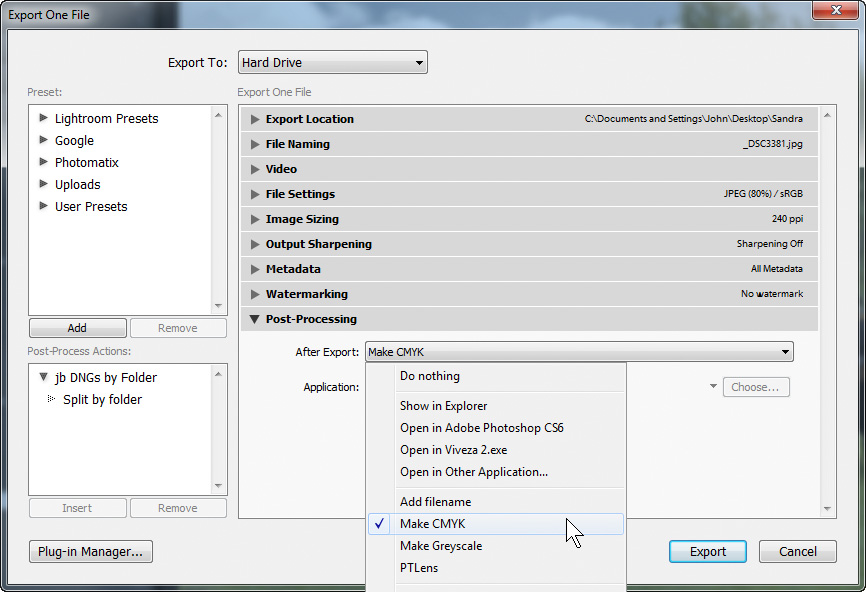

With our selection set, we’ll grab the Perspective Transform Tool via Edit > Transform > Perspective: With our duplicate layer selected, press Ctrl + a (pc) or Cmd + a (mac) to select the entire layer. With our guides in place it’s easy to see where the issues are!įirst Let’s select our original image layer:Īnd duplicate this layer Ctrl + j (pc) or Cmd + j (mac): Let’s open up our image in Photoshop and drag some guides that start at the base of the buildings that are out of skew: Minor adjustments leveraging Photoshop are well within your grasp – and we’ll show you just how easy it is to remedy. But you still have your shot, and you like what you see – but we need to straighten out the perspective. Shooting architecture – especially tall buildings, can introduce some unique image anomalies that you may not have afforded for in your setup. Let’s start out by by looking at our final image:Ĭheck out those nice sweet STRAIGHT lines! But we didn’t start that way.

You bring up a good point: rectilinear projection often isn't the best way to deal with distracting elements in a fisheye image.This workflow is by far the shortest and easiest path to fixing the Leaning Tower of Pisa effect that often happens when shooting architectural photos without fancy equipment like a View Camera or a Tilt Shift Lens. The image you show isn't rectilinear (straight lines in the scene are no longer forced to become straight in the image see the pattern of bricks in the foreground of the each de-fished image) but has better image quality in the corners and is better aestheically. Here is what the same image looks like after being de-fished with PTLens:Thanks! I get a similar result geometrically (with better image quality because I have the 14 megapixel source image) by using hugin/nona with a input HFOV setting of 140 degrees instead of 185 degrees. I could have been more agressive with the de-fishing, but I didn't think it was needed. I took the liberty of using your original fisheye photo from your previous post for purposes of comparison. You shouldn't have to sacrifice huge amounts of detail just to de-fish an image. I've never used Panorama photo stitcher, but it looks like that de-fishing process introduced some pretty severe distortion and blur. Thanks.PT Lens doesn't include fisheye correction in the later versions, as it is impossible to decide whether the user wishes to have a wider view or just retain the same aspect ratio, thereby loosing some of the wider FOV.ĭefished with PT Lens (distortion slider set to 130)Ĭropped in Photoshop (top & bottom only, to remove black areas)Ĭropped in PTLens with Crop slider set to 21 (preserving ratio).
#PTLENS PHOTOSHOP SOFTWARE#
I've searched and searched, and seen much talk of defishing with this or that software most of which I've downloaded and played with, but failed to be satisfied with my results. I love the look and FOV of my 10-17 FE but I'd like to play around with de-fishing sometime. I've attached an example a bunch of stuff (-C parameters to dcraw, parameters described above, paths to dcraw.exe and nona.exe) would have to be changed for your situation

Then I go into photoshop or GIMP to tweak the levels and make the JPEG. I found it more useful to use a batch file that calls dcraw to do the RAW->TIFF conversion, and then calls nona (the hugin remapper) directly to generate a de-fished TIFF image. Specify the HFOV and lens type (fisheye) of the lens,Ĭlick on "calculate optimal image size" you might want to reduce this Hugin (I'm not sure about PTLens) also allows you to specify the pitch (up or down) of the input image this is lets you do de-fishing and perspective correction in a single pass. The horizontal and field of view of the output image (choose anything less than the HFOV of the input in the image above it's about 120 degrees)

The projection type of the output image (rectilinear) The horizontal field of view of the input image For a sigma 8mm this is 185 degrees for a pentax 10-17 I'd expect this to be about 140 degrees at 10mm and about 82 degrees at 17mm ( click here for larger versions of this image) Here's a de-fished image (the source image is at the head of the fisheye fever thread) Uses the same lens distortion model, this might be applicable to your problem (or you could just use hugin ) Thanks.Well, I don't have the 10-17FE, and I don't use PTLens, but since the package I do use So if you've succeeded in de-fishing your shots from this lens, would you mind sharing your secrets with me? (or at least pointing me toward a tutorial out there somewhere.) It seems that the most recommended program would be PTLens, and other programs which use the PTLens database, and it seems to me that the PTLens database doesn't include the Pentax DA 10-17 FE, which is the lens in question for me.


 0 kommentar(er)
0 kommentar(er)
